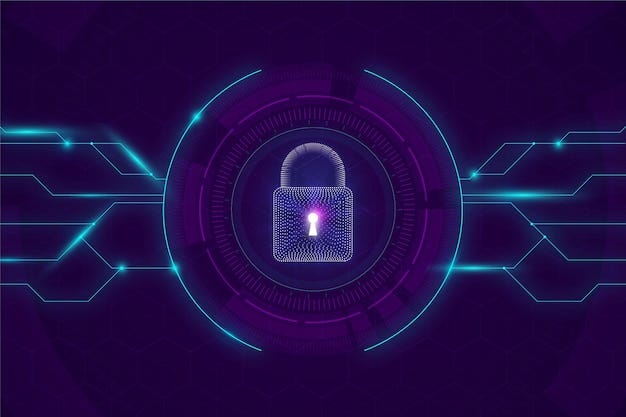


Deception technology represents a shift from traditional defensive stances in cybersecurity to those encompassing modern, interactive strategies.
In an era marked by an increase in the occurrence and sophistication of cyber threats, organizations and security professionals are implementing innovative strategies to enhance their security protocols. Deception is at the forefront of these strategies, which mislead potential cyber attackers through decoys and traps.
The genius of deception techniques lies in their ability to create confusion within the attacker’s ranks. With a framework that disguises accurate data amidst a sea of fakes, companies skillfully bait out cyber threats without ever exposing critical information.
Deception technology is reshaping cybersecurity by incorporating offensive elements into defensive strategies, a significant evolution from the traditional posture. Historically, defensive strategies relied on building robust barriers around sensitive information. However, deception takes a different approach.
Incorporating deception in cybersecurity strategies allows organizations to take a more proactive approach to security. Rather than reacting to breaches, they engage attackers, gaining insights into their tactics and techniques.
Deception technology operates by deploying realistic false targets within an organization’s digital infrastructure, known as honeypots. These elements emulate legitimate IT assets like servers, networks, and user workstations.
The sophistication of these decoys can range significantly, from simple simulation to elaborate mimicry of a company’s environment, complete with realistic user behavior patterns. Such carefully crafted mirages draw attackers in, ensnaring them in a secure sandbox where their moves reveal their intentions and methodologies without risking tangible assets.
By aligning decoy operations closely with actual user patterns, organizations enhance the credibility of these phantom environments, making even seasoned attackers unable to distinguish them from legitimate systems.
Integrating deception into cybersecurity frameworks introduces a fundamental shift in protecting digital infrastructures. One of the primary advantages is its ability to provide early and accurate threat detection.
Because attackers engage with decoy systems, security teams can recognize and respond to threats before they impact actual data environments, significantly reducing the risk and potential damage from data breaches.
Moreover, deception strategies are instrumental in reducing alert fatigue among cybersecurity teams. Often inundated with numerous alerts, security personnel can now focus on genuine threats where interaction with decoys indicates actual attempts to breach the system.
Despite deception technologies’ promising capabilities, their implementation is not without challenges. One significant hurdle is ensuring seamless integration with existing IT infrastructures without causing disruption.
Organizations must execute detailed planning and configuration to ensure these technologies align with current operational workflows while enhancing security measures.
Substantial resources are also required for managing and maintaining deceptive environments, as these systems must continuously evolve to remain convincing to attackers.
The cost implications are another barrier, as comprehensive deception setups can be expensive, potentially making them out of reach for smaller organizations. Nonetheless, these obstacles will likely diminish as the technology becomes more mainstream and its benefits more straightforward.
Significant advancements have been made in deploying deception technology across different industries, illustrating its versatility and effectiveness. The financial sector, constantly targeted due to the sensitive nature of its data, has been at the forefront of adopting these innovative strategies.
By creating fake transactional data and customer profiles, financial institutions have successfully diverted and trapped attackers, identifying threats before they could penetrate critical systems.
By simulating realistic financial activities, they ensnared cybercriminals, prevented data breaches, and allowed their security teams to devise strategies based on first-hand observations of attacker behavior. This proactive stance is an effective deterrent and a powerful educational tool, refining and reinforcing cybersecurity defenses.
The possibilities for deception technology are extensive, as continuous advancements in artificial intelligence and machine learning are expected to enhance these abilities further.
Future developments will likely create even more sophisticated and realistic decoy environments that react dynamically to evolving threats, allowing organizations to stay ahead of cybercriminals.
Emerging advancements point towards transforming how cybersecurity is managed, driven by intelligent systems that automate and improve the deployment of deceptive environments.
Deception technology represents a shift from traditional defensive stances in cybersecurity to those encompassing modern, interactive strategies. While its deployment presents challenges such as integration complexity and costs, the substantial benefits of early threat detection, refined threat understanding, and enhanced defense postures cannot be overstated.
